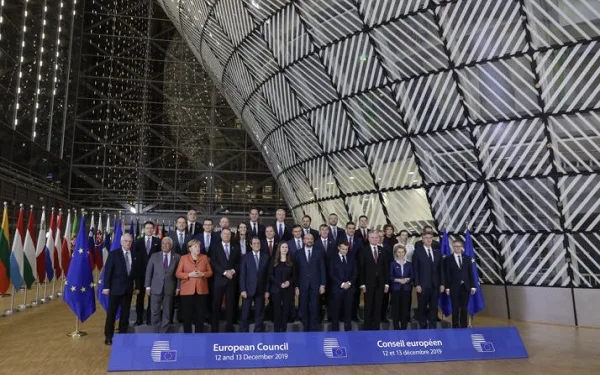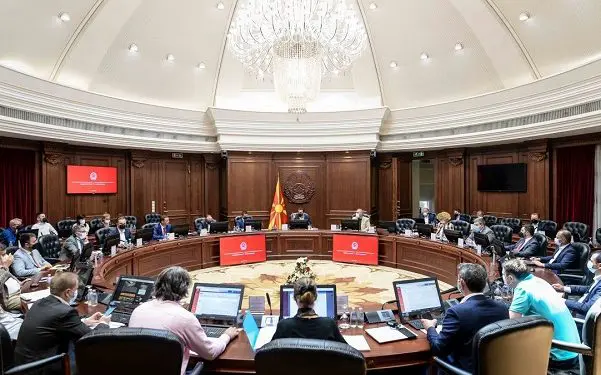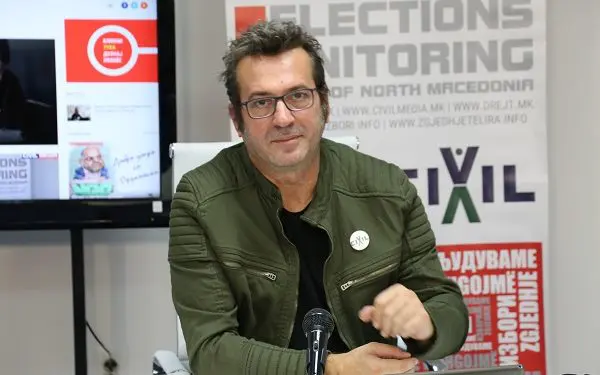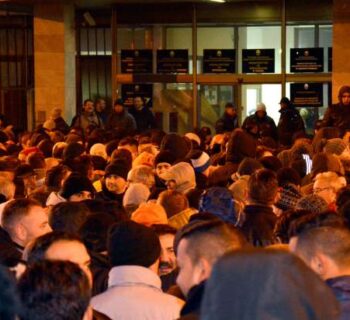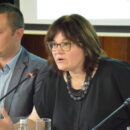"The European Green Plan is Europe's response to the demands of our citizens. It is a plan from Europe to Europe and it is a contribution to a better world. "Every European can be a part of change." - Ursula von der Leyen, President of the European Commission
by: NATASHA MALINKA MINOVSKA
We live in an era when the challenges regarding the degradation of the environment and climate change, changes in biodiversity, ozone depletion, water pollution, urban pollution, high production and low efficiency in waste management (which have been present for decades), have reached a climax in the past few years. Unlike in the past, the negative occurrences in the environment are happening at an accelerated pace.
In conditions of narrowing the timeframe for taking steps to prevent a global catastrophe, the members of the European Union are taking initiative to find appropriate solutions. Their ambition is for Europe to become the first climate neutral continent (by 2050), by slowing global warming and mitigating its effects.
To this end, on December 11, 2019, the European Commission presented the European Green Plan, which is a strategy for achieving sustainability of the economy of the countries of the European Union, by turning climate and ecological challenges into opportunities, in all spheres of politics, but also by ensuring a fair and inclusive transition.
It is a complex growth strategy of Europe, which will help reduce greenhouse gas emissions, and at the same time, create green jobs and improve the quality of life and the well-being of the European citizens.
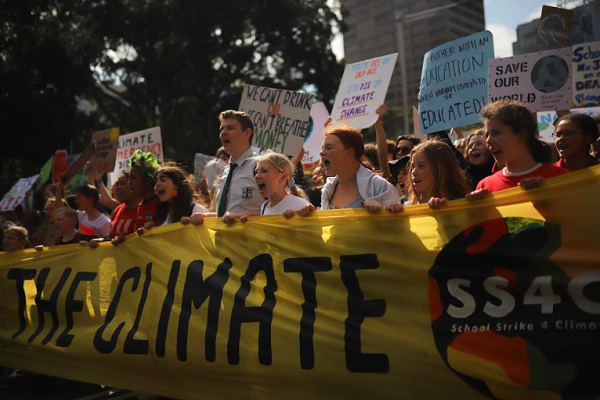
The set of measures presented in the European Green Plan, is an attempt for more intense impact on reducing greenhouse gas emissions to 55%, by 2030. The idea is to reassess every existing law on climate values, and also, with the new legislation, to lay a stronger foundation for circular economy.
The main goal of the European Green Plan, for the European Union to become the world’s first climate neutral block by 2050, means more active action in a large number of different sectors, including: construction, energy, transport, agriculture and food production and the like.
This strategy, also includes potential tariffs for the countries which will not actively work towards reducing greenhouse gas emissions (through the carbon sequestration mechanism), but also solidarity and assistance to those European regions. which will need to make a bigger step.
The European Green Plan is not only a necessity, but also a driving force of new economic opportunities. The areas covered by the European Green Plan and the anticipated goals in them are:
- Clean energy
- Biodiversity – implementation of measures for protection of ecosystems
- Sustainable industry – encouraging a more sustainable, ecological production cycle
- Construction and renovation – implementing measures for achieving a cleaner construction sector
- Sustainable agriculture – sustainability in agriculture and rural areas of the European Union thanks to the common agricultural policy
- Strategy “From field to table” – encouraging development of more sustainable food systems
- Elimination of pollution – implementation of measures for quick and efficient pollution reduction
- Sustainable mobility – promoting more sustainable transport vehicles
- Climate – by 2050, the European Union to become climate neutral
—
Links:
https://www.consilium.europa.eu/hr/policies/green-deal/
https://ec.europa.eu/info/strategy/priorities-2019-2024/european-green-deal_hr
https://www.eu-projekti.info/europska-komisija-objavila-zeleni-plan-do-2050-godine/
https://www.gp.org/green_new_deal
file:///C:/Users/namin/Downloads/What_is_the_European_Green_Deal_en.pdf.pdf
https://www.esdn.eu/fileadmin/ESDN_Reports/ESDN_Report_2_2020.pdf
Translation: N. Cvetkovska
 Македонски
Македонски Shqip
Shqip English
English
